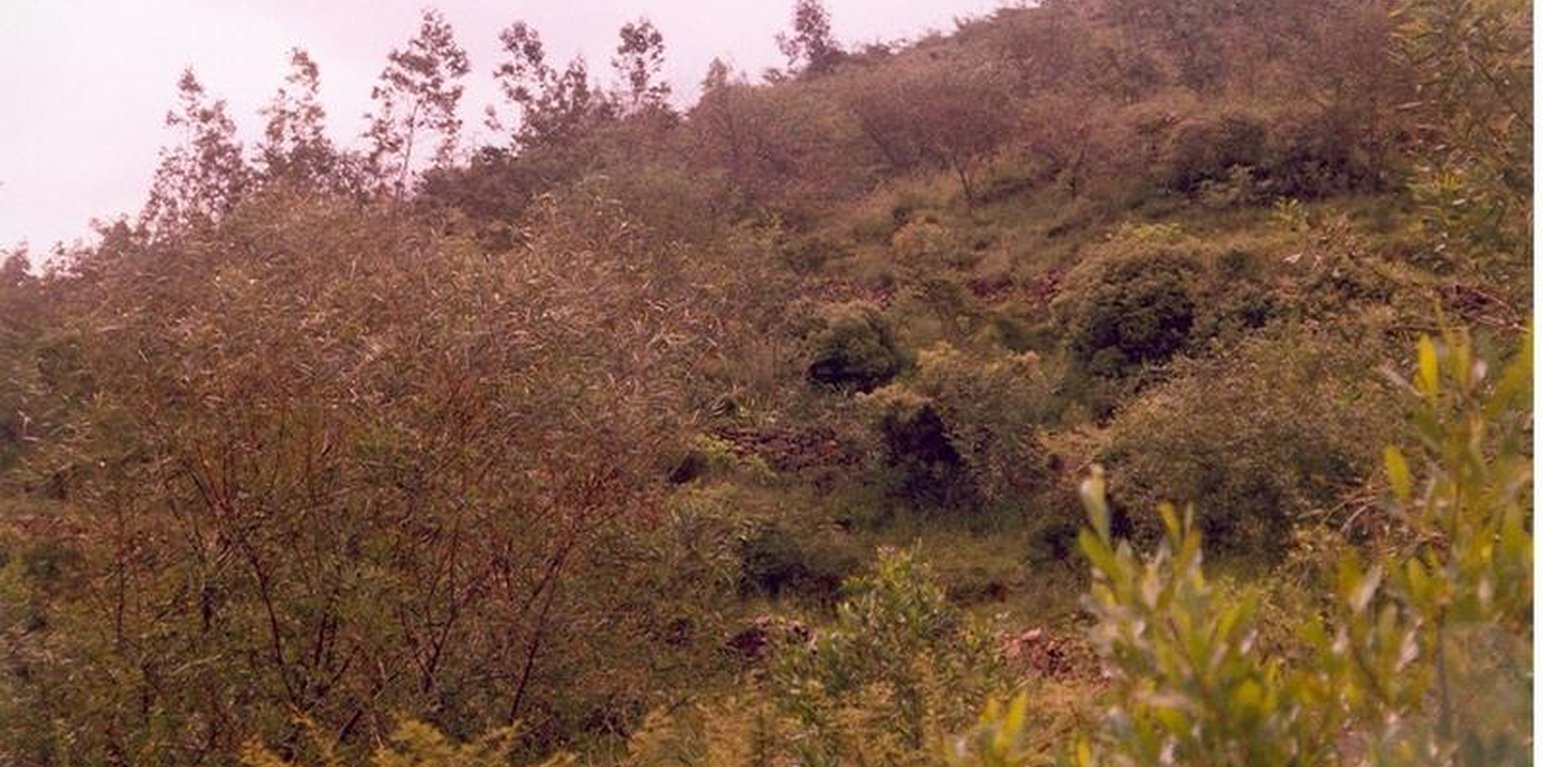

-


allignment of the soil along the contour, diiging of foundation, trench construction, spacing tie ridge, tree planting,
Purpose of the Technology: reduce erosion, increase soil moisture, recharge ground water, decrease ground water
Establishment / maintenance activities and inputs: stone wall construction, trench digging, tree and forage planting, area closure
Natural / human environment: enhance vegetation growth, decrease desertification, increase biodiversity

Location: Atsbi Womberta, Tigray, Ethiopia
No. of Technology sites analysed:
Spread of the Technology:
In a permanently protected area?:
Date of implementation: more than 50 years ago (traditional)
Type of introduction





| Specify input | Unit | Quantity | Costs per Unit (birr) | Total costs per input (birr) | % of costs borne by land users |
| Labour | |||||
| Labour | ha | 1.0 | 234.0 | 234.0 | 10.0 |
| Harvesting | ha | 1.0 | 45.0 | 45.0 | |
| Equipment | |||||
| Tools | ha | 1.0 | 14.0 | 14.0 | 5.0 |
| Plant material | |||||
| Seedlings | ha | 1.0 | 86.0 | 86.0 | |
| Total costs for establishment of the Technology | 379.0 | ||||
| Total costs for establishment of the Technology in USD | 47.38 | ||||
| Specify input | Unit | Quantity | Costs per Unit (birr) | Total costs per input (birr) | % of costs borne by land users |
| Labour | |||||
| Labour | ha | 1.0 | 4.0 | 4.0 | 100.0 |
| Total costs for maintenance of the Technology | 4.0 | ||||
| Total costs for maintenance of the Technology in USD | 0.5 | ||||